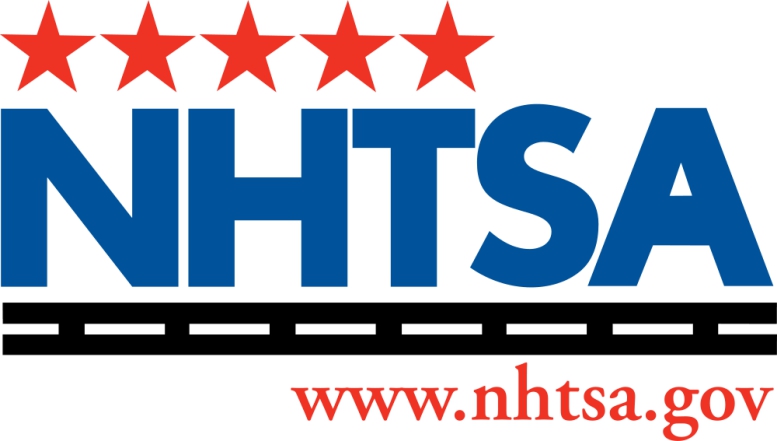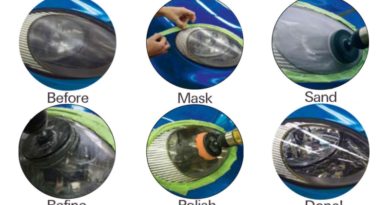NHTSA Brings Aggressive Enforcement for 2015
Throughout 2014, we witnessed from the NHTSA aggressive auto safety enforcement, a record number of vehicle recalls, record-setting civil penalties, multiple congressional hearings and numerous legislative proposals. In the midst of all this active enforcement, NHTSA also maintained a busy rulemaking docket, including major actions related to vehicle-to-vehicle (V2V) communications and distracted driving initiatives.
Aggressive Enforcement in store for 2015?
In recent years the NHTSA has been aggressively enforcing its defect and early warning reporting regulations and it will continue to do so in 2015, as it reacts to public and Congressional pressure to further flex its enforcement muscles. In turn improving the safety of all new vehicles coming onto the market. The statutory civil penalty maximum for violating NHTSA’s regulations recently was increased to $35 million. Still some say that this is still not enough. The agency already has reached settlements with manufacturers at this new level. In fact, NHTSA has sought and obtained the maximum penalty at least eight times since 2010, and it has reached several other penalty settlements in amounts greater than $1 million.
To reduce compliance risks, all parts and vehicle manufacturers should implement compliance policies within their own companies for identifying and investigating potential safety defects and complying with NHTSA reporting requirements. It also is critical that relevant personnel across the organization both domestically and globally are thoroughly trained in these NHTSA specific policies and procedures.
NHTSA’s Legislative Agenda
Recent events have brought on significant attention to the area of motor-vehicle safety from the "outside" world.
During this last year alone, bills have been introduced into Congress that would, among other things, eliminate the civil penalty cap, require additional public disclosure of manufacturers’ early warning data and encourage whistleblowers to come forward with information about possible safety defects. All of this in an effort to increase safety for consumers.
Of course the Obama Administrations legislative wish list (contained in the GROW AMERICA Act) includes increasing the civil penalty cap to $300 million, extending NHTSA’s civil penalty authority to individuals, authorizing NHTSA to issue “stop sale” orders when it finds that there is an “imminent hazard,” and authorizing the agency to require rental-car companies and used-car dealers to remedy defective and noncompliant vehicles before rental, sale or lease. These proposed legislation could severely increase costs for those manufacturers that do not comply.
Manufacturers should closely monitor these legislative developments, as they will have significant implications if passed.
Autonomous Vehicles and Crash-Avoidance Technologies
The NHTSA has been researching the safety benefits of new advanced crash-avoidance technologies, focusing recently on warning technologies, such as blind spot detection; intervention technologies, such as lane-departure prevention, crash imminent braking and dynamic brake support; and automatic pedestrian detection and braking. This of course driving up the cost of vehicles available to when implemented.
The agency will continue to evaluate data, technologies and potential countermeasures and they may initiate rulemaking to require one or more of these technologies in vehicles. The NHTSA proposed in January of 2015 to add automatic emergency braking (AEB) – crash imminent braking and dynamic brake support – to the list of recommended advanced safety features in its New Car Assessment Program (NCAP). While not mandating any of these at this time, the inclusion in NCAP is intended to encourage manufacturers to voluntarily incorporate these new safety features into their vehicles.
The agency also has been studying vehicle-to-vehicle and vehicle-to-infrastructure communications. Back in August 2014, it issued an advanced notice of proposed rulemaking as a first step toward adopting a V2V standard. According to NHTSA, “by mandating V2V technology in all new vehicles, but not requiring specific safety applications, it is NHTSA’s belief that such capability will in turn facilitate market-driven development and introduction of a variety of safety applications, as well as mobility and environment-related applications that can potentially save drivers both time and fuel.”
The safety agency will review the numerous comments it received and evaluate next steps, which likely will be a formal rulemaking proposal. Other significant rulemakings are expected later this year may include speed limiters and electronic stability control systems for heavy vehicles.
Recall Review and Completion Rates
During 2014 the NHTSA launched its online “Recalls Portal,” where most defect reporting and recall-related correspondence now must be submitted. Sofar in 2015, we expect the recall review process to become significantly more streamlined, with quicker NHTSA review and response times. As a consequence, recalls likely will be posted to the NHTSA website more quickly, so manufacturers must be prepared to respond to inquiries from customers, dealers and the media sooner than they have in the past. For example in April look how quickly a recall was required of BMW to fix an issues with their Motorcycles. Click Here for April 21st, 2015 BMW Motorcycle Recall Details.
The large number of recalls during 2014, and the correspondingly large number of unrepaired vehicles, has brought renewed attention to the issue of recall-completion rates, which have historically averaged 70%-80% for light vehicles. Because of this it's anticipated that the NHTSA will take further steps over the next year, likely by working with manufacturers and others, to find ways to increase completion rates. One legislative proposal, which has support from some manufacturers, would require states to adopt systems that would prevent registration renewals on vehicles with unperformed recalls, much like some states handle emissions recalls.
In light of the current environment, manufacturers must review and update their safety policies and procedures and conduct appropriate training across their organization. When potential safety issues are encountered, technical experts and counsel should be consulted, decision-making should be documented at critical stages and NHTSA should be engaged when necessary. However more importantly, senior management should actively promote a safety culture across the organization encouraging open communication about potential safety issues. This will speed up response times and possibly eliminate recalls fixing the problems earlier.
Manufacturers also should implement a regulatory and legislative monitoring program to ensure they are kept abreast of changes that could affect their reporting obligations.
For more information about the National Highway Traffic Safety Administration visit their website at http://www.nhtsa.gov.




